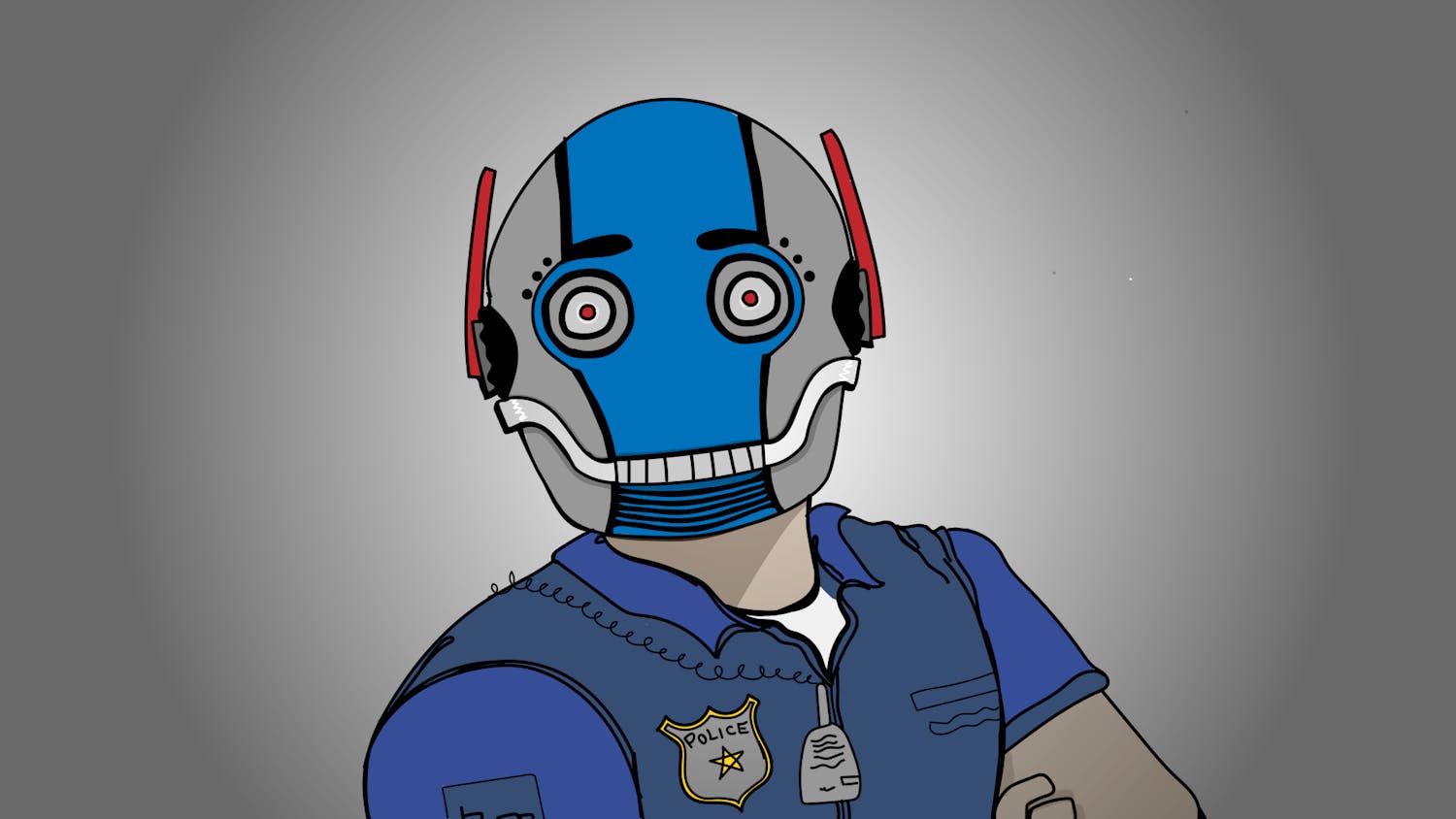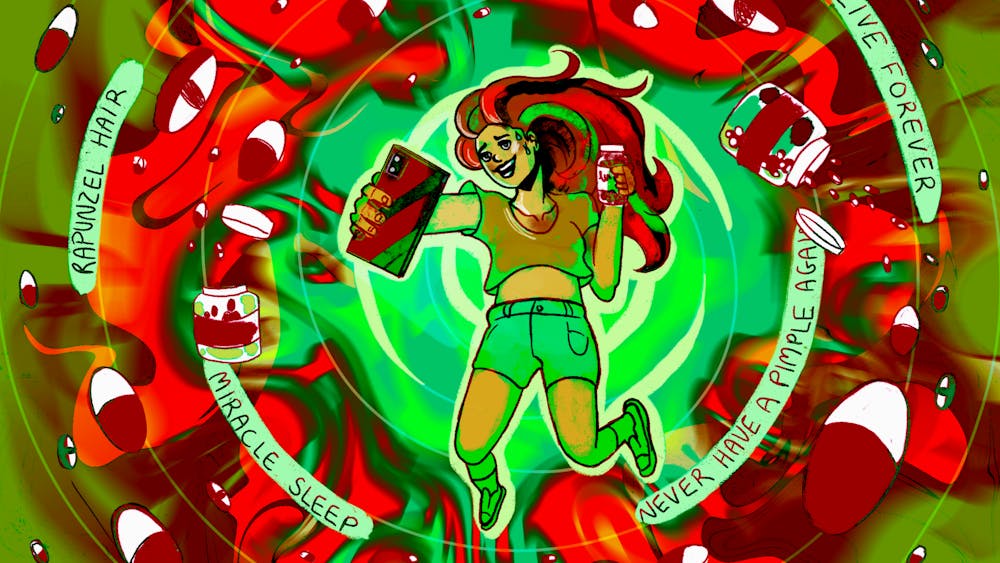Green is the new blue and red.\nI did a double take when I saw a commercial featuring Rev. Al Sharpton and Rev. Pat Robertson relaxing together on a couch on a beach. Recently, I paused for a similar commercial featuring Nancy Pelosi, the current Democratic Speaker of the House, and former Republican Speaker Newt Gingrich, smiling together on a couch in front of Capitol Hill.\nThese political and religious figures are often seen as polarized representatives of extreme left-wing liberals and extreme right-wing conservatives. What are they doing enjoying a peaceful conversation on a love seat?\nSharpton and Robertson acknowledge that they “strongly disagree” on many issues, but they both recognize the need to care for the Earth. Similarly, Pelosi and Gingrich claim they do not always see eye-to-eye, but they “agree our country must take action to address climate change.” \nThe Alliance for Climate Protection and the We campaign produced this remarkable ad campaign called “Unlikely Alliances” to address the fact that “climate change is still largely seen through partisan filters, and advocates of action too often must fight entrenched ideology and cultural stereotypes.” Their aim is to break through “partisan gridlock” and invite “Americans of all political stripes” to recognize climate change as a “moral imperative instead of a political issue.” \nTo this end, the campaign includes print advertisements that stress climate change is “going to take all of us, working together.” A second print ad represents a green map of the earth where the continents are constructed out of word clusters such as “Blue and White Collar Workers;” “Jews, Muslims, Christians, Buddhists, Hindus;” “Farmers, Ranchers, City Slickers;” and “Red States, Blue States.” Accompanying this visual depiction of far-reaching alliances and political bridges is the tagline: “You can’t solve the climate crisis alone. But if we all work together, we can.” \nThe Unlikely Alliances campaign is particularly powerful in the context of an election year. Our political discussions frequently feature political pundits, bloggers, reporters and candidates constructing messages that drive divisive wedges between us rather than building alliances.\nMany of our current debates center on “moral imperatives” that have morphed into ugly political divides – quality education, for example, or health care for all citizens. This environmental advocacy effort offers an excellent counter-model for political action and a strong reminder for all citizens to engage in serious alliance work rather than uncritically accepting divisive messages from political poles, polls and pols.\nWe’re all part of one tremendous “unlikely alliance,” connected by shared communities with a common future and common fate. We certainly have a moral imperative to ensure our shared planet is healthy.\nBut let’s also recognize this campaign as a model for other social and political decision-making. It asks us to avoid self-centered decisions based on personal interest and to consider instead everyone in our unlikely alliances of shared communities.\nWith commitment and practice, it might actually be easy being green – and less politically divisive – or at least easier than we often admit.
Together we can
Get stories like this in your inbox
Subscribe





